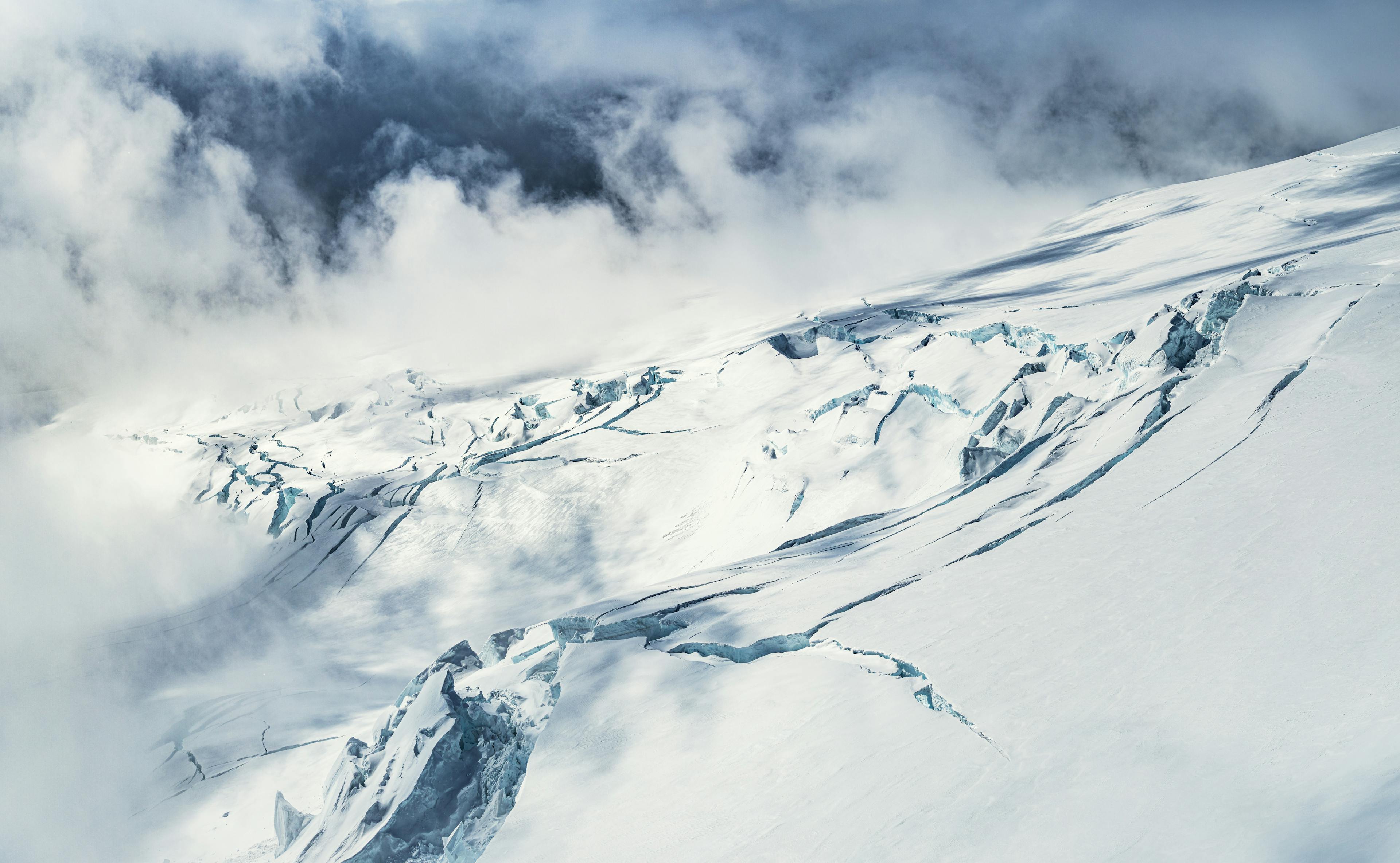
What is an Ice Cap?
Ice caps are vast expanses of ice that remain frozen year-round and form a critical part of our planet's ecosystem. These large compacted snow and ice areas, usually found in polar and subpolar regions, hold significance for global climate patterns and sea levels. With its stark beauty and dramatic landscapes, Iceland serves as a living laboratory for understanding these icy giants.
The Anatomy of an Ice Cap
An ice cap is a thick layer of ice and snow covering less than 50,000 square kilometres. Larger expanses are known as ice sheets. Ice caps form in areas where snow that falls in winter does not fully melt over the summer. Over the years, layers of snow and firn accumulate and compress into ice. The weight of this accumulation causes the ice to deform and flow outward, creating a dome-shaped ice mass. This mass is in constant, albeit slow, motion, driven by its own weight and gravity.

How do Ice Caps Differ from Glaciers?
All ice caps can be termed as a glacier but some glaciers can not be called an icecap. Unlike glaciers, which are influenced by the topography through which they move, such as valley glaciers, ice caps can spread out in all directions, often wholly obscuring the underlying landscape.
Are there Ice Caps in Iceland?
Iceland is renowned for its volcanic activity and its extensive ice caps. The island is home to Vatnajökull, the largest ice cap in Iceland and one of the largest in Europe. This ice cap alone covers approximately 8% of the country's surface area. Along with Vatnajökull, there are several other significant ice caps in Iceland, including Langjökull and Hofsjökull.
These ice caps are vital for Iceland's identity and ecology. They are sources of some of the island's most spectacular natural wonders, such as ice caves, and they feed numerous outlet glaciers that create rivers, waterfalls, and lakes. The ice caps are also vital for scientific research, particularly in understanding climate change.
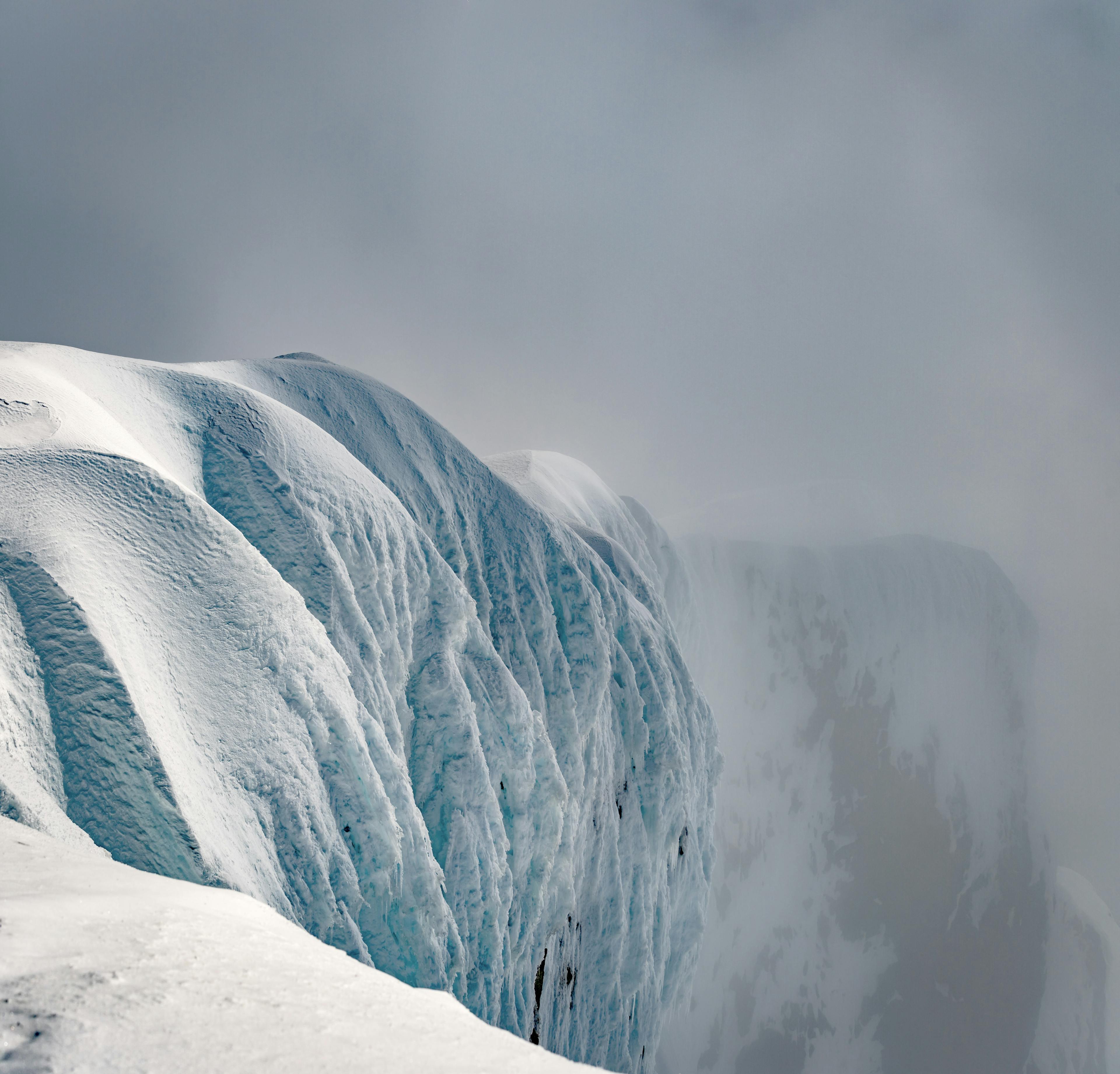
How do Ice Caps Form in Iceland?
Ice caps in Iceland, like elsewhere, form through the accumulation of snow over thousands of years. The climate must be cold enough for snow to persist year-round, and the accumulation must be thick enough to compress into ice under its own weight. The dynamics of an ice cap are complex. As the ice deforms, it creates a range of features such as crevasses, seracs, and icefalls. The movement of ice caps can also carve out dramatic landscapes, like valleys and fjords, through processes known as erosion and glaciation.
How do Ice Caps Impact Global Ecosystems?
The importance of ice caps extends far beyond their immediate surroundings. They reflect sunlight, helping to regulate the Earth's temperature. This albedo effect is crucial in maintaining our planet's climate balance. Additionally, ice caps are significant freshwater reservoirs. As they melt, they contribute to the rise of global sea-level, which can lead to the inundation of coastal ecosystems and human settlements.
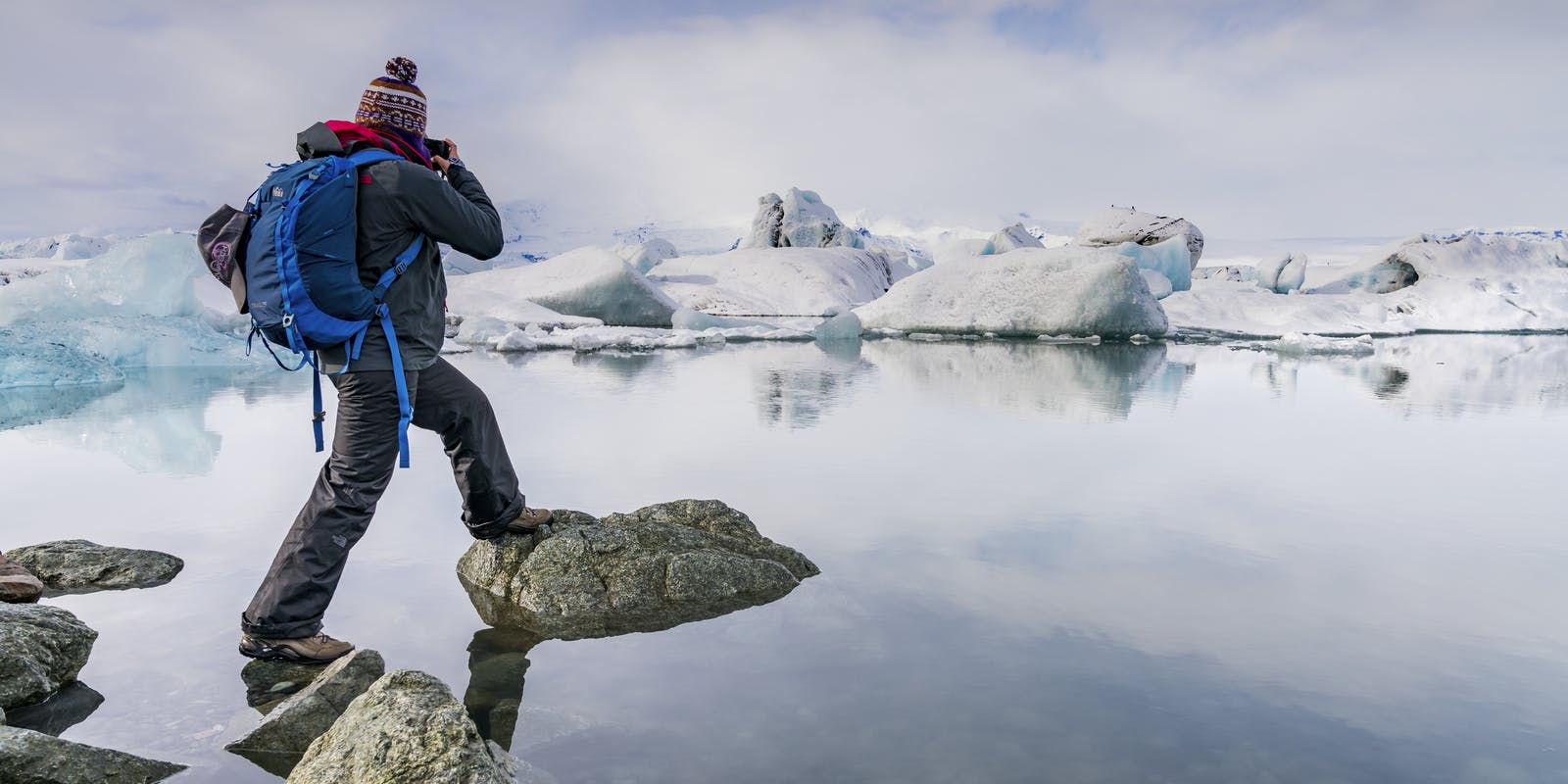
Challenges Facing Ice Caps
Ice caps face unprecedented challenges, primarily due to climate change. As global temperatures rise, melting has accelerated, contributing to rising sea levels and disrupting local ecosystems. In Iceland, melting ice caps expose dark land or water surfaces that absorb more sunlight, which can lead to further warming in a feedback loop known as "Arctic amplification."
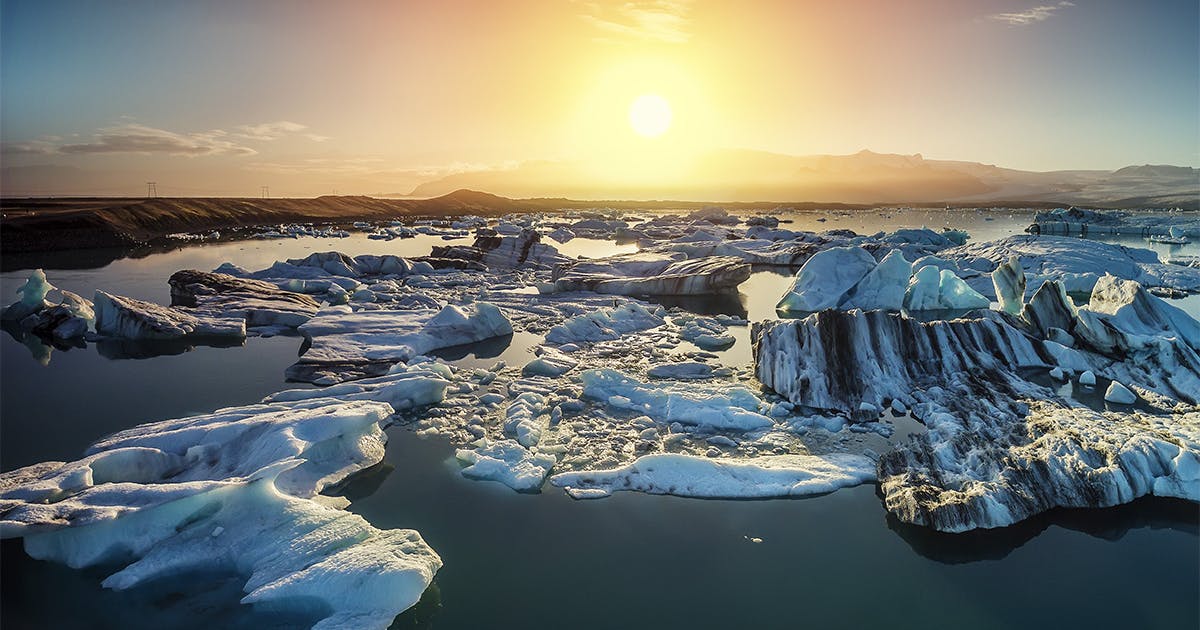
The melting of Iceland's ice caps also has profound effects on its volcanic systems. The reduction in weight as the ice melts can lead to increased volcanic activity, further altering the landscape and impacting both local and global environments.
Scientific Research and Conservation Efforts
Iceland has become a hub for scientific research on ice caps and climate change. Scientists study ice cores containing information about past climate conditions to predict future climate patterns. Additionally, numerous conservation efforts aim to reduce the human impact on these fragile ecosystems.
Why are Ice Caps Important?
Ice caps are not only a defining feature of Iceland's landscape but also crucial components of the global climate system. Their health and stability are indicators of the state of the Earth's environment. The relationship between ice caps and our planet's ecosystems is intricate and delicate, and the current changes we witness are a clarion call for action.
As we continue to study and learn from these frozen reservoirs of history, we must also recognise our role in their future. The ice caps of Iceland tell a story that is millions of years old, yet it is one that is still being written. How this story unfolds depends on our understanding, respect, and willingness to act to safeguard these natural wonders for the generations to come.
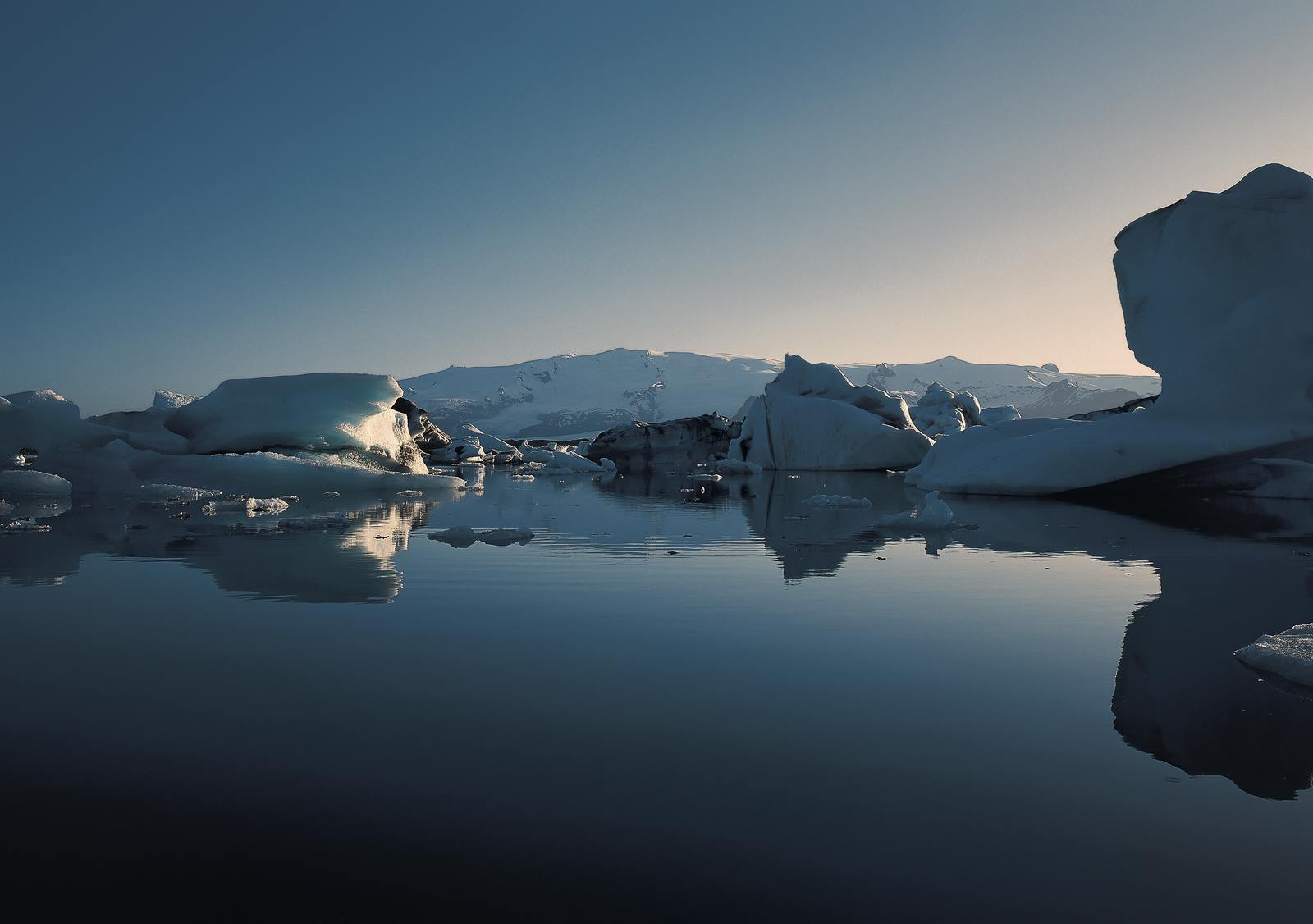
Where Can I Learn About Glaciers in Reykjavík?
Perlan's Glacier exhibition features an ice cave that is 100 metres long and made from more than 350 tonnes of snow from Icelandic mountains. Ice caves are a natural phenomenon that takes shape in the deep winter months within glaciers. Meltwater streams carve these fantastic caves, and at Perlan, guests can see a real ice cave in a safe and secure environment.
A visit to an ice cave is a magical experience that no one who comes to Iceland should miss, and Perlan offers year-round travellers a chance to get a sense of this unique natural phenomenon.
In addition to their natural beauty, Iceland's glaciers are significant for the environment as they are an essential source of fresh water for the island and play a vital role in regulating its climate.
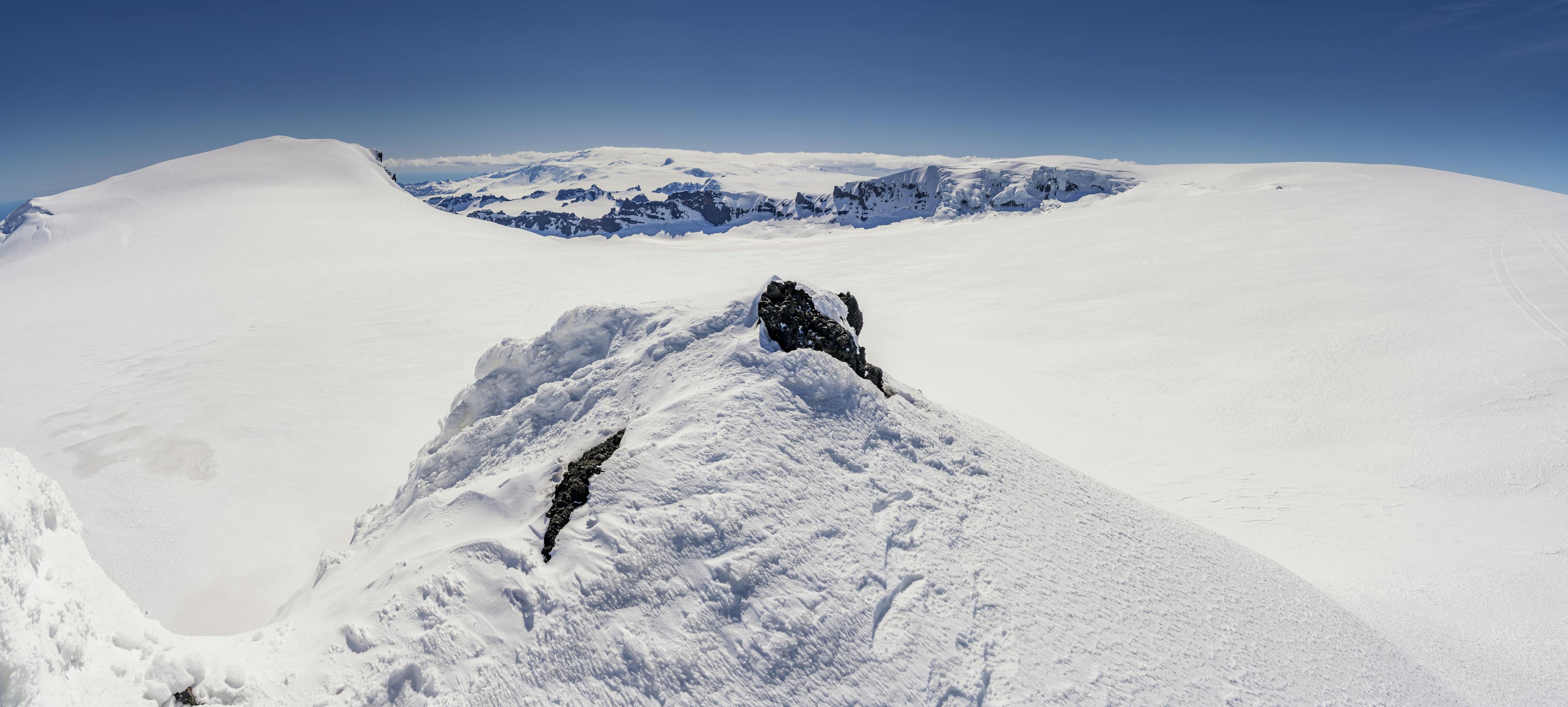
Guests can explore Iceland's' natural wonders through a series of exhibits and immersive presentations, including ice caves and glaciers, as well as northern lights and volcanoes.
FAQ
Is it safe to visit ice caps in Iceland?
Ice caps are perfectly safe from a distance, but travellers should never attempt to walk on a glacier without a trained glacier guide. Some snow-covered cracks and crevices can pose great danger to those unfamiliar with the surroundings. Guided tours are advisable to fully experience a glacier in Iceland.
What is the difference between a glacier and an ice cap?
A glacier is a large, flowing body of ice that forms on land due to the accumulation and compaction of snow, whereas an ice cap is a mass of ice that covers less than 50,000 square kilometres of land area and has a dome-like shape, spreading out from its centre.
What is the difference between an ice field and an ice cap?
An ice field is an extensive area of interconnected glaciers, usually found in mountainous regions, whereas an ice cap is a larger, dome-shaped mass of ice that covers the landscape but is smaller than an ice sheet.
Is the North Pole an ice cap?
The North Pole is not considered an ice cap; it is located in the Arctic Ocean, where sea ice forms and floats on the water's surface rather than covering a landmass.
Popular articles

Things To Do In Reykjavík In November
Discover the best things to do in Reykjavik in November, from witnessing the Northern Lights and exploring museums to enjoying cozy cafes and geothermal hot springs.
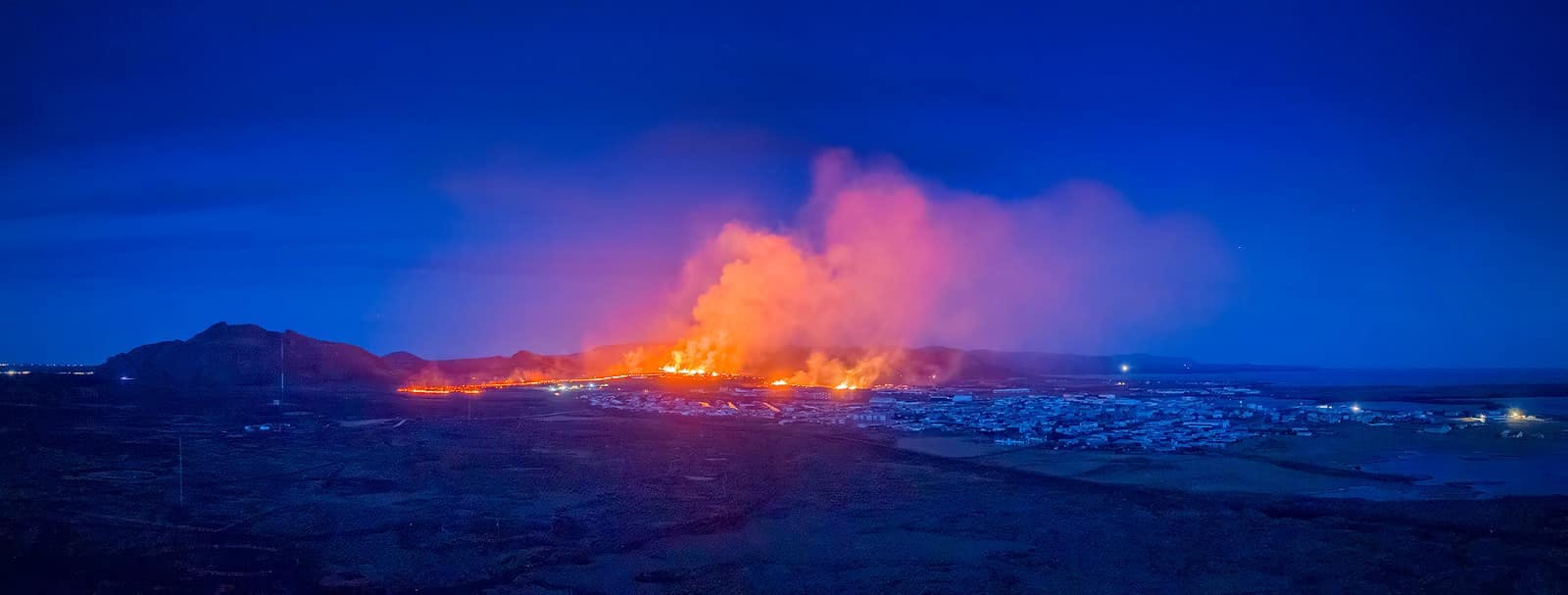
Updates on the Sundhnúkagígar Eruption in the Reykjanes Peninsula!
The current eruption in the Reykjanes Peninsula, is called Sundhnúkagígar Crater Row. See insights on the seismic activity and volcanic eruptions in the area!
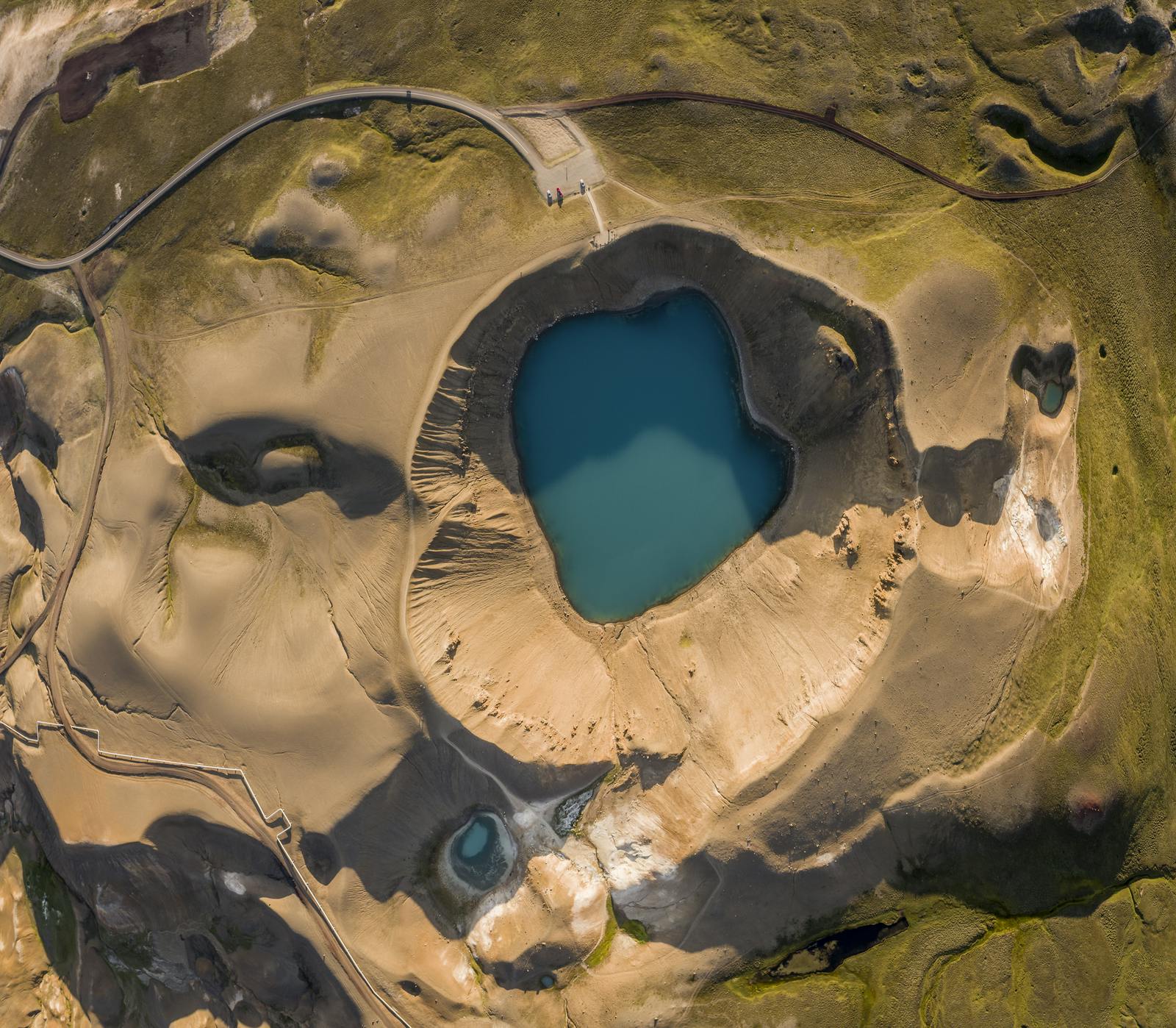
Earthquakes in Iceland
Earthquakes in Iceland are a fact of life. Each year, thousands of small tremors shake the earth, a reminder of the country’s position on a tectonic plate boundary.
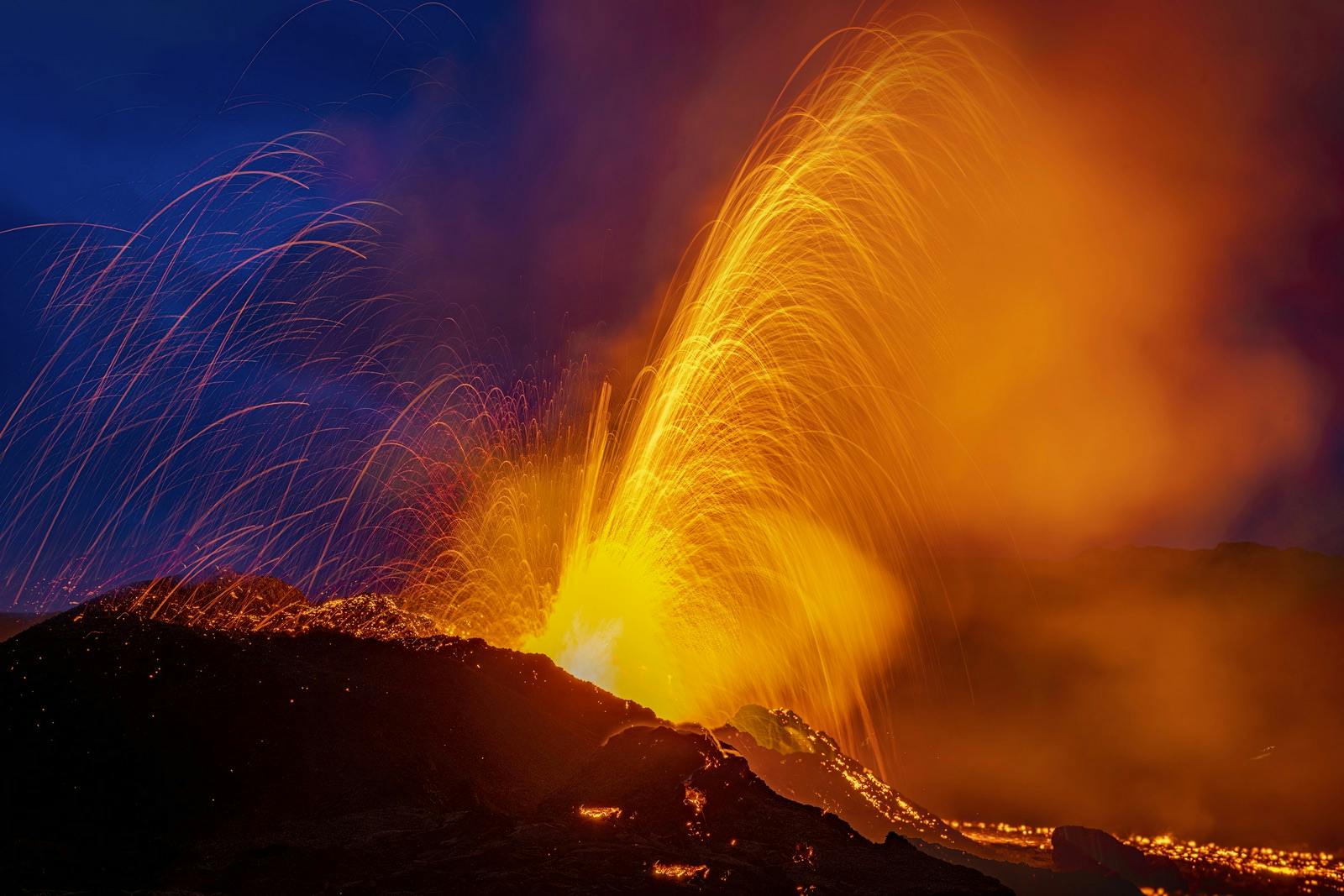
Volcano Museums and Exhibitions in Iceland
If you don't manage to visit an actively erupting volcano in Iceland - Experience its force at one of these excellent volcano museums and exhibitions in Iceland.
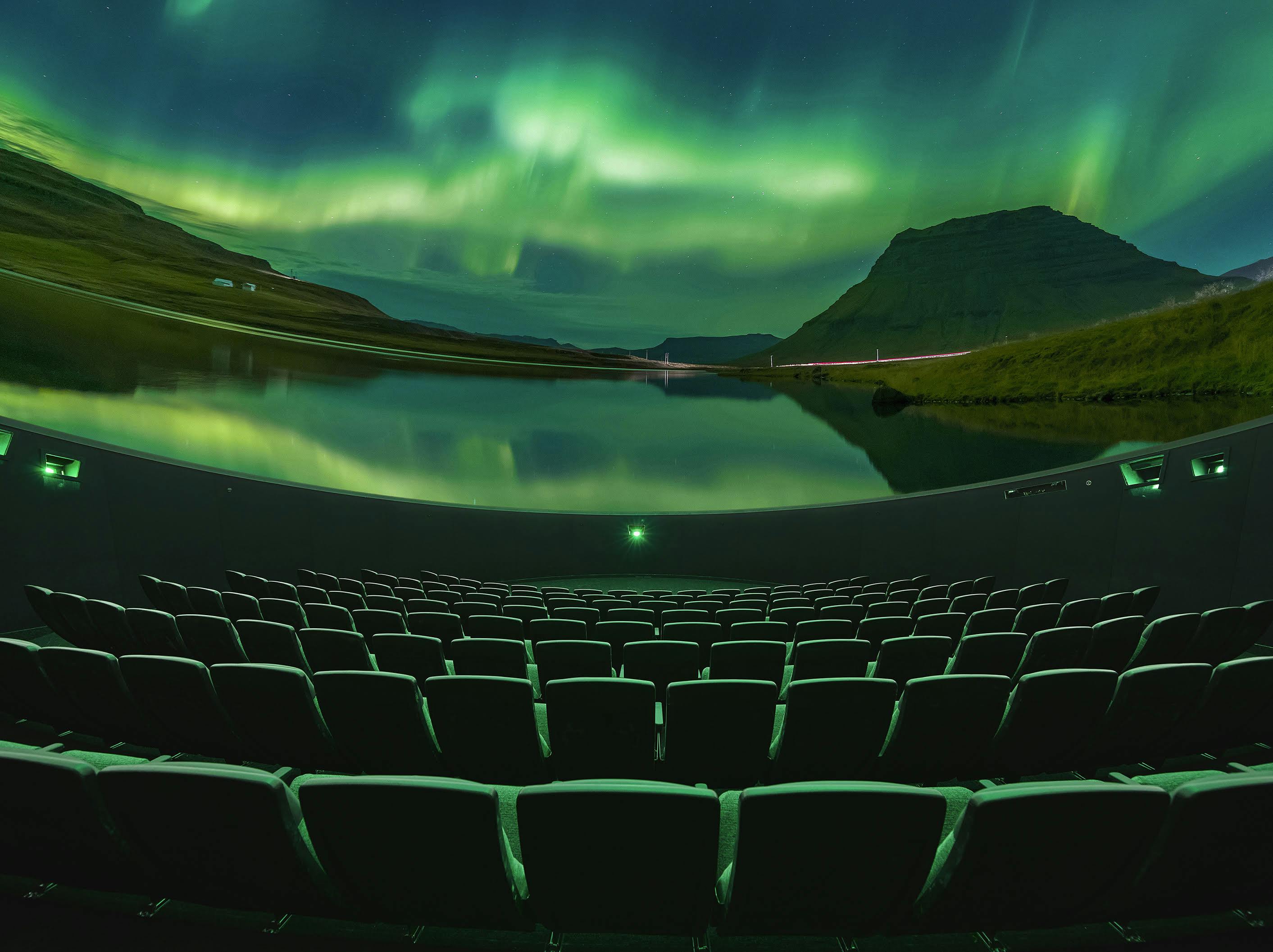
Top 10 Places To See the Northern Lights in Iceland
You can see the northern lights across the country, but some spots are more suitable than others. Find the best place to see the northern lights in Iceland.
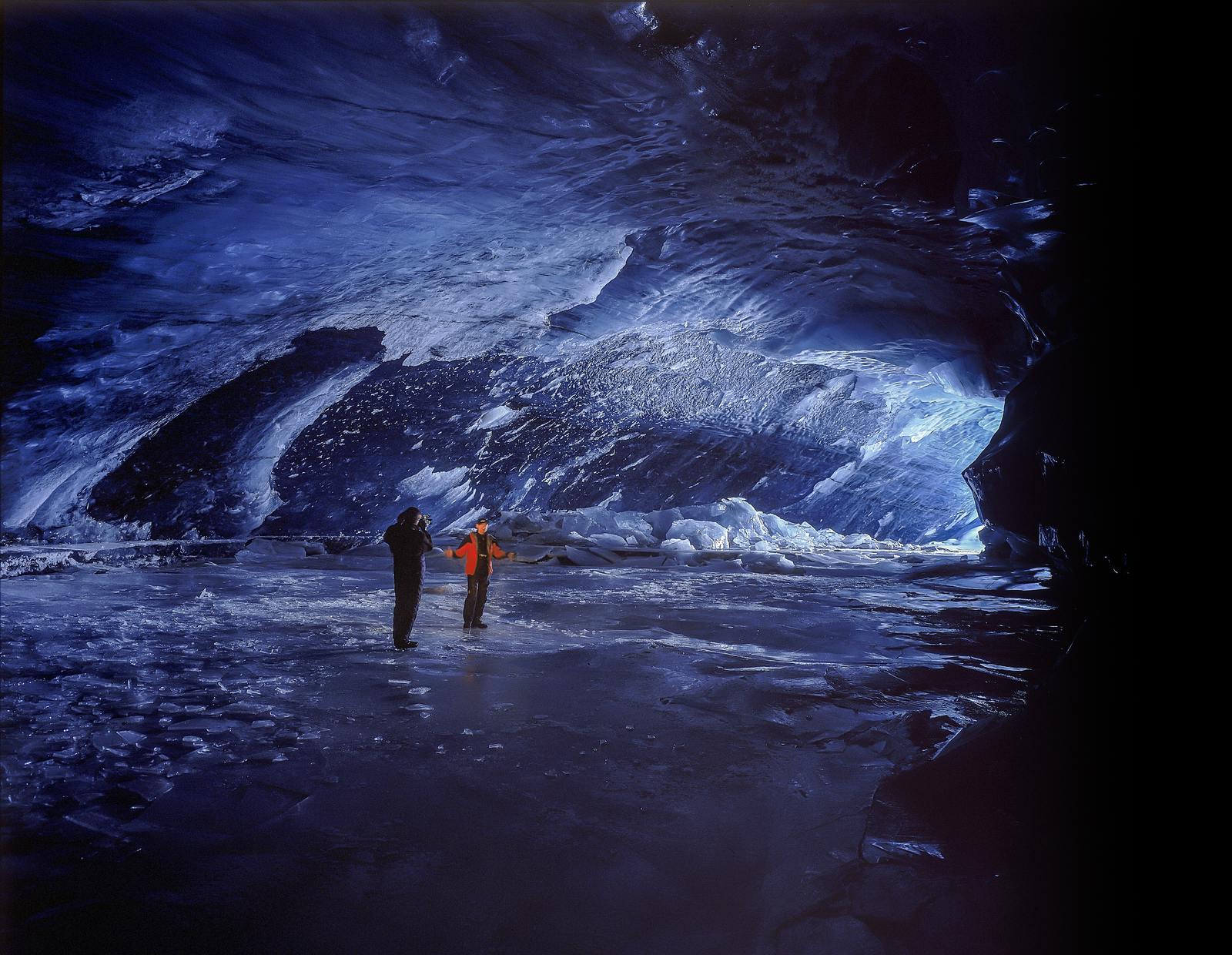
Ice Caves From Reykjavik
Travel beyond the capital for a closer look at an ice cave under one of Iceland’s glaciers. If you can’t spare the time, experience Perlan’s ice cave in Reykjavik.